There are some authentic ways of doing so. Winter is a cold time and you want to get out of the cold world and get into your blanket and sit pretty with a book or guzzle the nuts and watch your favorite show on TV or just be cozy with your children and husband or your mother and father. One draft from the door or window is enough to spoil your evening and you feel like a poor thing again. So you start your witch hunt for the best ways to block out the cold from your warm home.
Post your Requirement
1. Window Film
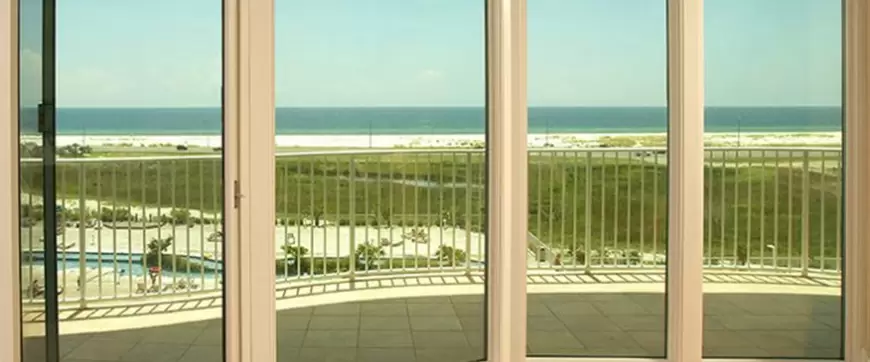
Here goes. We are helping you with your search for just so. The first option in line for you is window film. It’s a simple, elegant way of cordoning away the cold whiff of nature. You can attach this film to the window frame with double-sided tape. If you lightly blow hot air with a dryer on the film it will tighten and cling to the frame. There is a dead air pocket created between the film and the window which does not allow cold air to enter.
The main advantage of this film is that it lowers the u-value of the window by 13%. This has been proved by lab tests. Lower u-values make for greater energy efficiency. One of its disadvantages is that when you want to remove the film paint from the window frame will also get stripped off.
Related Post: How to Make Windows & Doors Soundproof
2. Caulking
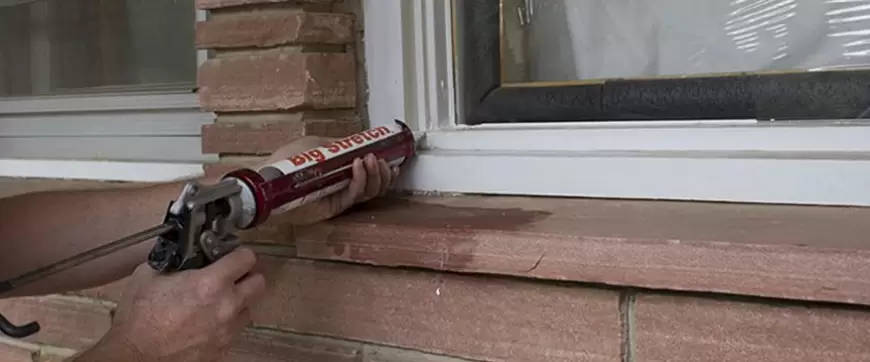
The second method we have for you is called Caulking. Latex caulk is a water-based paint. When there are cracks on your window sash or around the window less than or one-fourth inch wide you can apply this. For a metal or glass surface, silicone-based caulk can be used.
The advantage of this method is that it is the only way to fill in thin cracks and its cheap and easy to apply.
But this can look horrible if left unpainted. It also needs to be reapplied if the window area has expansion and contraction problems due to temperature changes, as this will reproduce cracks.
Suggested Post: What is a Window Pane – Meaning & Designs
3. Weather Stripping
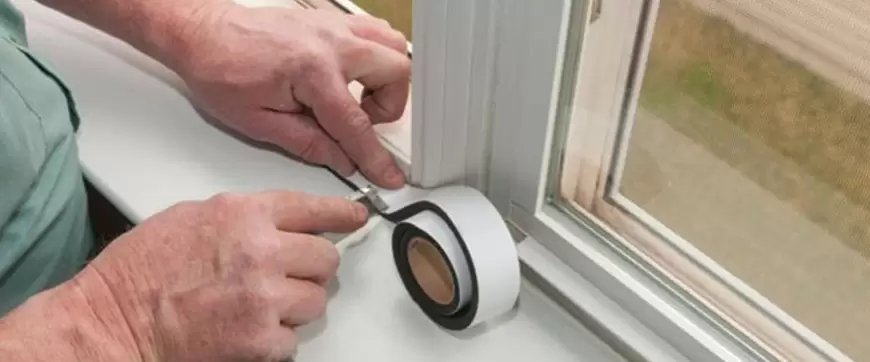
Another great method is Weather Stripping. Still or unmoving parts in or near a window can be filled in with EPDM, foam or felt weather stripping. Moveable parts of the window can be filled with this material on a temporary basis e.g. the gap between the window sash and the frame.
You can simply unroll the weather stripping and put it in place with your fingers. It can be simply applied without leaving you in a mess or leave some loathsome residue.
One of its disadvantages is that when its applied to moveable parts of your window you cannot open and close it. You then have to remove the entire stripping and reapply it.
4. Spray Foam
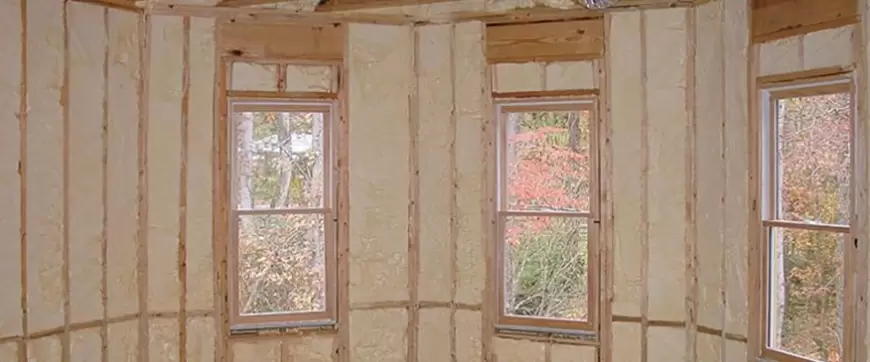
How can we forget Spray foam, friends? This is basically for large, within-reach gaps around the window frame. It could be filled with polyurethane or spray foam which expands.
Use this only if there are large holes or cracks. One of its greatest advantages is that its spray gun has a large nozzle and the spray can even reach difficult places that fiberglass insulation by hand will not.
A con for this is that spray foam can be difficult to control and can expand outwards from the wall cavity, onto the floor, or the wall. Sometimes cracks in the walls are not easy to access.
Now. To continue, we continue with some treatments which are energy efficient.
5. Drapes and Blinds
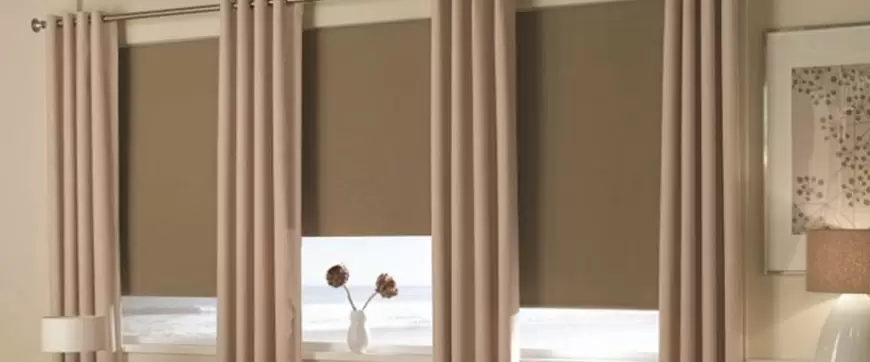
There are these drapes and blinds which provide extra insulation. These come in two forms. Thick drapes are side-drawn or vertically operated pleated or commonly called cellular blinds. These curtains are much more thick than normal. They are incorporated with tie-back ropes. This also prevents the inroad of cold air too. The blinds are pleated and move up or down. Their cellular finish forms air pockets that maintain the inside temperature of the house.
These are very good for controlling the in-house temperature. During hot months, the drape if bedecked with white plastic sheeting in the background brings down heat gain by one-third.
The cons are that they only work when closed and pleated blinds do not control the air walking in as they are too light to stop air.
6. Draft Stoppers
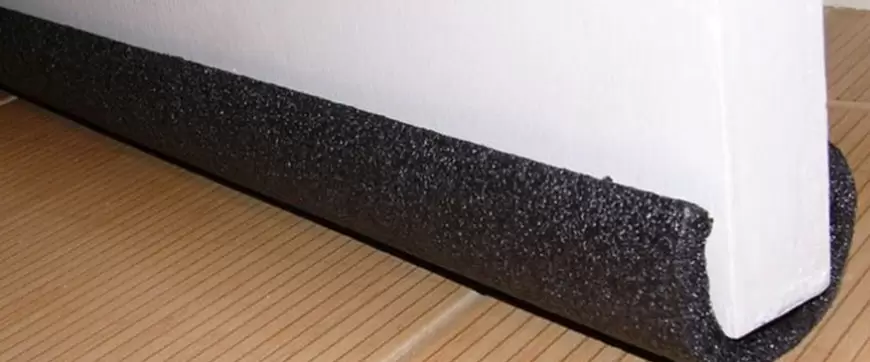
Draft stoppers are another door trap. They block gaps under the doors. Also called snakes. They can also block gaps between the bottom of the window sash and the window frame.
You can create your own friendly snakes. You could fill the inside body with rice, popcorn, or dried beans. You could use socks or sewn fabrics.
Right! So reading all this and nodding and saying this is it’s to your self embark on your favorite track and have a calm time at home.

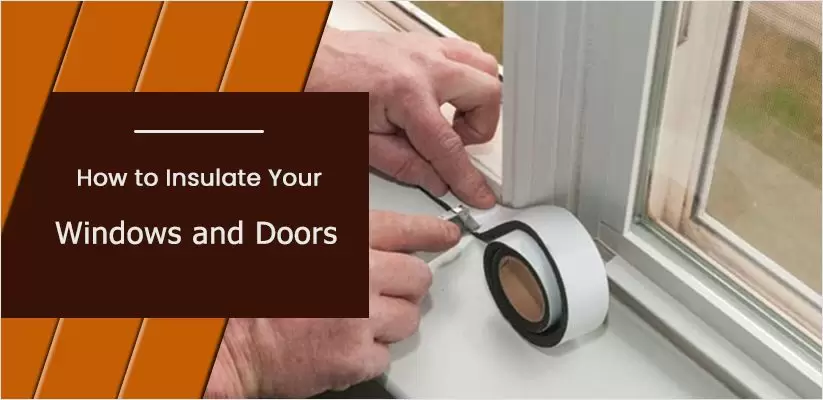
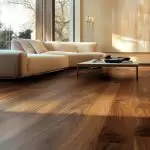




















Post A Comment